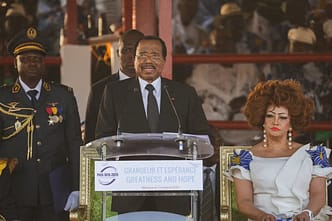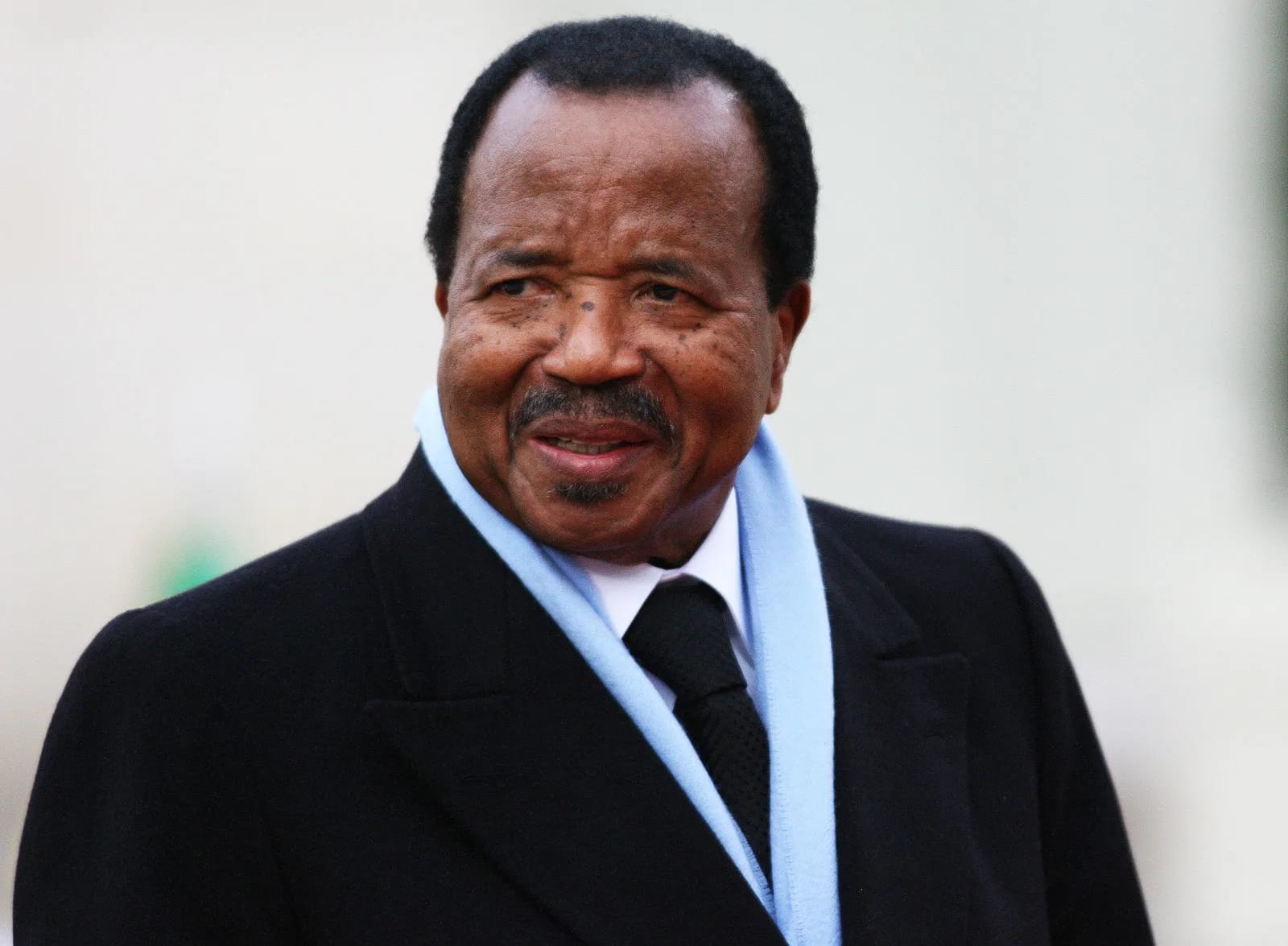Paul Biya’s latest victory feels less like a fresh mandate than the next episode in a very long-running show. At 92, declared winner of Cameroon’s October presidential vote, Biya has now extended a reign that began in 1982, a stretch that has become shorthand for Africa’s “forever president” problem. But to understand why he has kept power for so long, and whether that power has translated into better lives for ordinary Cameroonians, you have to look at history, institutional design, and the uneasy bargain between order and reform that has shaped his rule.
How Biya Outlasts Challengers
Paul Biya’s longevity is not an accident. He arrived at the helm in the early 1980s after a quiet succession from his predecessor, Ahmadou Ahidjo and then layered the state with a mix of personalisation, patronage, and careful legal tweaks: control of key security appointments, co-opting elites across regions, and the gradual hollowing out of institutional checks that might otherwise facilitate genuine turnover.
In 2008, the removal of presidential term limits, one among several moves over the decades, institutionalised extended incumbency and signalled that elections in Cameroon would more often validate power than produce change.
Biya’s apparatus also benefits from the practical tools of incumbency: media advantages, dominance over the electoral administration, and a security architecture that can be mobilised quickly when unrest flares.
Each contested ballot since the 1990s has been followed by accusations of manipulation, and an oppositional coalition has struggled to translate protest energy into durable institutional gains. That combination explains why Biya’s hold is surprisingly resilient.
Has Cameroon’s Long Rule Improved Lives?
This is the heart of the argument that both critics and some defenders return to. Supporters of long-serving leaders often point to stability and continuity: a steady hand, big infrastructure projects, and the ability to sign and execute long-term plans. Yet the record in Cameroon is mixed. Macroeconomic indicators at times show growth, but those gains have been unevenly distributed; pervasive youth unemployment, regional disparities, and recurrent crises, notably the Anglophone conflict in the country’s northwest and southwest, have undercut national development and human security.
Independent observers have repeatedly flagged governance weaknesses that blunt public-service delivery and investment in human capital. On balance, many Cameroonians ask: for whom has Biya’s stability produced prosperity? The answer too often looks partial.
Contrast with the “Rwanda model”
When commentators say “Africa should design its own brand of democracy,” they’re wrestling with the same unease: Western-style multiparty electoralism has not always translated into order or development.
Rwanda under Paul Kagame is the cautionary exemplar they point to. A highly centralised, developmental state that has delivered impressive growth, steep reductions in poverty and visible improvements in infrastructure and services.
The World Bank, IMF and other development bodies credit Rwanda with sustained, high rates of GDP growth and notable poverty reduction since the 2000s. But Kigali’s model also carries costs: political space has been tightly constrained, dissent curtailed, and civic freedom sharply circumscribed. That trade-off is instructive. If the question is purely economic transformation, Rwanda’s record is strong. If the question is democratic pluralism and civil liberties, the picture is more ambivalent.
Cameroon’s experience under Biya has produced neither the widely shared economic gains Rwanda touts nor the kind of political opening that would make a longer rule defensible to liberal democrats.
Can CEMAC or Regional Bodies intervene?
The Central African Economic and Monetary Community (CEMAC) is primarily an economic and monetary union overseeing a shared currency area, banking supervision and regional macro-policy. Its formal mandates are not those of an electoral umpire or a peacekeeper, and it has limited political leverage over a sovereign member like Cameroon.
International and African Union election observation missions, or ECOWAS-style regional political pressure, are the usual levers for contested polls, but in Central Africa, such mechanisms have historically been weaker and less interventionist. That said, CEMAC’s institutions (and regional partners like the African Union and the UN) could still exert pressure: suspend cooperation, condition financial support, or call for investigations into documented irregularities. These are diplomatic levers, not immediate fixes; their effectiveness depends on collective will, which historically has been uneven.
Is there a Risk of a Military Coup?
Any serious analysis must admit uncomfortable truths. Where elections are widely seen as stolen and institutions delegitimised, the vacuum can invite adventurism from violent insurgents, from militias, and, in the worst-case scenario, from parts of the security services themselves.
Cameroon’s military and gendarmerie are powerful actors in their own right; history on the continent and in the region shows that when political deadlock collides with state fragility, the risk of a coup is real. But coups are not predictable outcomes; they require a particular set of motivations within the officer corps and a calculation that force will be rewarded or at least tolerated.
Right now, what seems likelier is continued unrest, repression, and an escalating cycle of protests and crackdowns unless there is a mediated political opening.
Still, the international community should not assume coup risk is negligible: the ingredients for it — perceived illegitimacy, economic strain, and fractures within security institutions are present enough to warrant urgent preventive diplomacy.
If unrest turns into a wider crisis, Nigeria will inevitably be pulled in, not because it wants to invade, but because populations flee and borders are porous.
Nigeria already hosts Cameroonian asylum-seekers from the Anglophone conflict and has experienced migration flows in both directions tied to Boko Haram and other crises; A full-blown crisis would likely see additional refugees move toward Cross River, Calabar, Taraba and neighbouring states.
A Deeper Choice for Africa
The turbulence in Cameroon forces a broader reckoning. The debate about an “African model” of democracy is not a call to abandon democratic norms; it is a demand to design institutions that fit local histories and expectations.
Rwanda’s strategy shows that strong developmental states can deliver measurable welfare gains, but it also warns that order without rights is brittle and morally fraught. Cameroon shows the inverse: long-standing incumbency without legitimate performance risks, stagnation, and fracture.
If Africa is to design its own democratic models, those models must produce both order and dignity: prosperity that reaches ordinary people, and politics that allows disagreement without blood in the streets. Until both are achieved, every election will be merely the preface to the next crisis.


 Trending
Trending 








